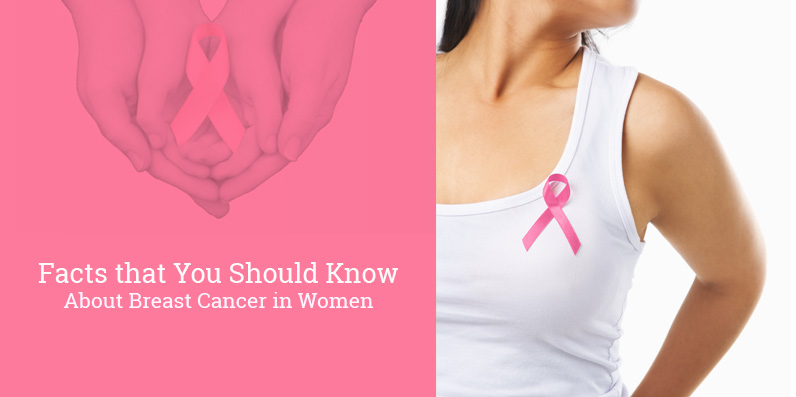Breast cancer is a dreadful disease, and no one knows that more than patients and their families.
But breast cancer deaths have been decreasing since 1989, especially for woman under 50. The decreases are thought to be the result of increased awareness, advances in treatments and earlier detection through screening. A recent UK study found that the mortality rate for breast cancer is expected to drop by 26 percent between 2014 and 2035.
Caught early, breast cancer is very treatable, and the chance that a woman will die from breast cancer is about 2.6 percent. Debashis Ghosh, a leading consultant and breast oncoplastic surgeon in London, says that different treatment approaches including surgery, chemotherapy and radiation therapy have evolved greatly to help patients recover completely. The earlier breast cancer is diagnosed, the higher the patient’s recovery chances are.
Some facts
- Breast cancer is very common among women, no matter the age.
- Formation of a lump or thickening of the breast is one of its commonest symptoms along with changes to the nipple or the skin.
- The majority of breast lumps are not cancerous, yet you should see a doctor immediately if you notice any unnatural growth on or around your breasts.
- Alcohol intake may increase your risk of developing the disease.
- Men are equally at risk of getting breast cancer as women.
Symptoms of the disease include:
- Thickened tissue in a breast
- Formation of a lump in the breast
- A pain in a breast or an armpit that doesn’t change with your periods
- A rash on one of the nipples or around it
- Sunken or inverted nipple
- Nipple discharge, which may or may not include blood
- Any change in the size or shape of your breast
- Scaling, peeling or flaking of the skin on the breast or nipple
Post-puberty, a women’s breasts are made of fat, thousands of lobules, connective tissue and many small glands that produce milk to facilitate breast-feeding for children. There are also tiny ducts or tubes that carry the milk to the nipple. Usually, breast cancer starts in the inner lining of the milk ducts and then spreads elsewhere.
Different stages
The disease is categorized into stages depending on the size of the tumor and how far it has spread through the body. Treatment is based on the condition of a patient and the stage of the cancer.
- Stage 0: Also known as ductal carcinoma in situ, or DCIS. At this stage the cancer remains limited to the duct and hasn’t spread elsewhere.
- Stage 1: The tumor bulges up to 2 cm, but the cancer has yet to affect the lymph nodes.
- Stage 2: The tumor grows above 2 cm and also starts spreading to the neighboring nodes.
- Stage 3: The tumor grows as big as up to 5 cm, affecting the lymph nodes.
- Stage 4: The cancer spreads through a large part of the body, including the bones, liver, brain and lungs.
It is always important to go for a second opinion before starting treatment.



